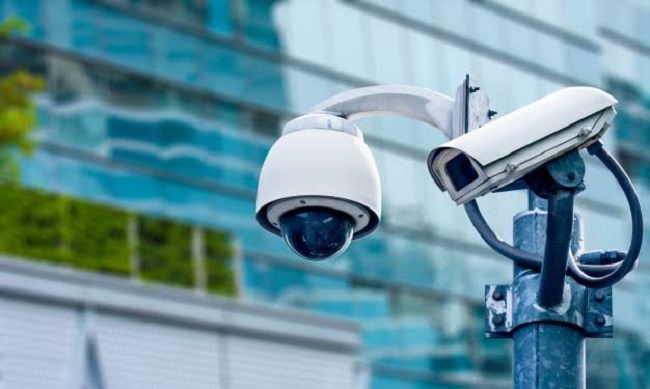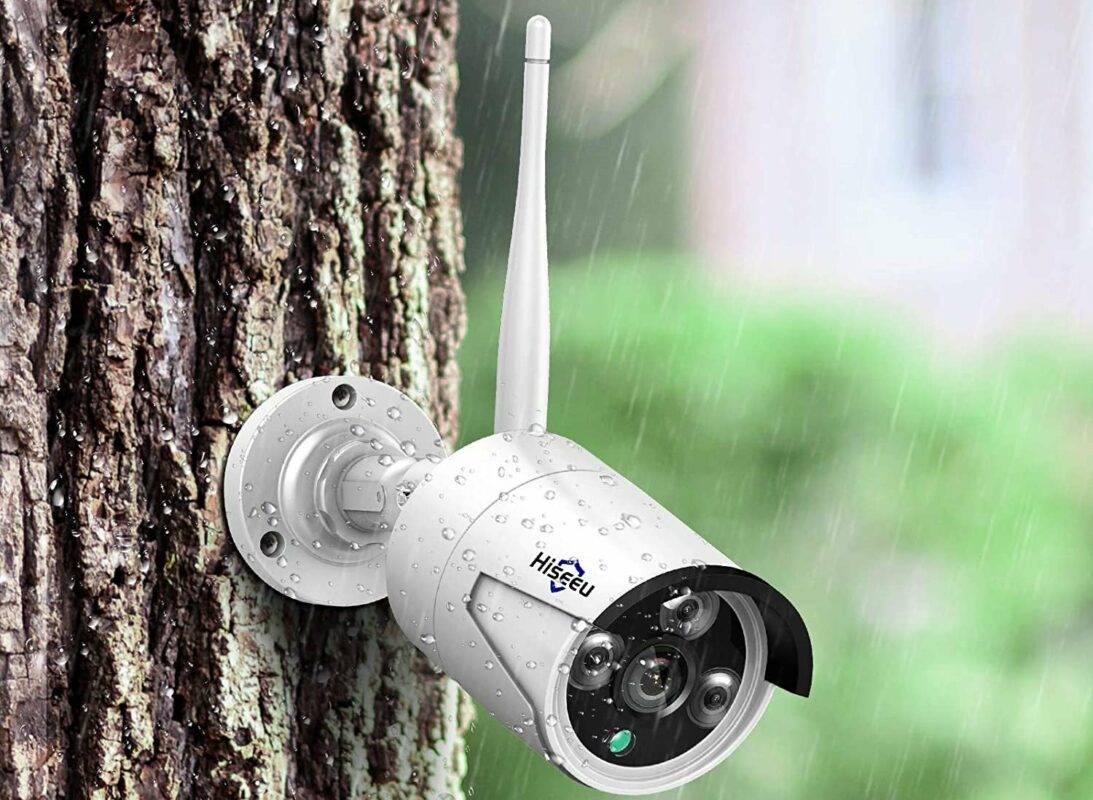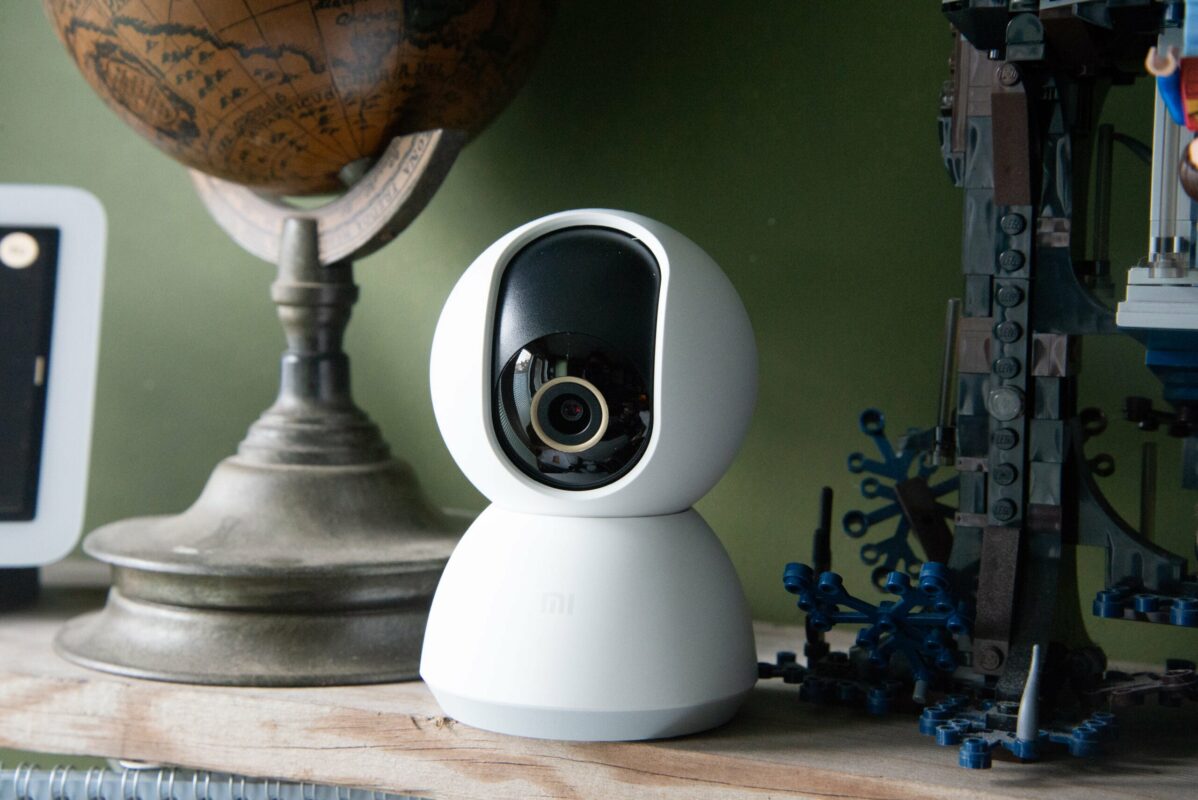How to view a surveillance camera on PC?
Video surveillance is a solution that is increasingly in demand, whether by professionals, for staff security and stock surveillance, or for individuals who simply wish to protect their property and people.
Many solutions exist to maintain effective surveillance, ranging from micro spy cameras sometimes hidden in everyday objects, to standard cameras, more efficient, offering optimal security but being much less discreet.
Among the many choices of security cameras and video surveillance that can be found, it is very often requested a camera that allows you to see the images live, or consult the recordings, directly via a computer.
Of course, there are plenty of surveillance cameras that allow this connection through a PC, and that’s what we’re going to talk about in this article.
The conditions for viewing a surveillance camera via a computer:
For this, an internet connection is mandatory, preferably with the help of a WiFi box which will act as a router.
It is therefore necessary first of all to ensure that you have a high-performance internet box, with sufficient WiFi speed to support the video stream requested by the camera for the images. For the operator to choose, it is of little importance. You should know that, logically, the more cameras to be installed, the more WiFi speed will be required.
Although connections via 4G boxes are developing, it is still advisable to have a standard internet box, with an RJ45 port which generally facilitates the connection of many compatible WiFi surveillance cameras. The problem with a 4G box is that in addition to providing a different network from WiFi, it can easily be unstable, and will therefore provide regular cuts if the intention is to have permanent and reliable viewing on a computer.
Surveillance cameras compatible for PC viewing:
Not all cameras and other surveillance equipment have the ability to connect to transmit images to PC.
It is therefore essential that the CCTV camera chosen is a WiFi IP camera, which can connect to your box and its network, either via WiFi directly, or via a direct RJ45 cable.
In the case of a recorder, it must be the one connected via RJ45 to the box directly. It is therefore possible to have a DVR recorder kit with wired cameras.
Use standard video surveillance software compatible with the installed hardware:
To view a surveillance camera live on a PC, it is possible to go directly through video surveillance software provided for this purpose.
This is usually software that runs on a secure account system. That is, you will need to create an account, with a username and password, and log in. The software will then take care of scanning your WiFi and IP network, and detecting all the surveillance devices to add them directly.
This account system has a huge advantage, as it allows multiple cameras to be connected to one account. It is therefore possible to switch from one camera to another if several systems have been installed.
Another advantage, as it is an account system, it is very easy to log in to the software and from anywhere in the world as long as the internet is available.
Connect directly locally via the IP interface of the video surveillance equipment:
Another connection option, very different from software with an account system: local connection directly via the hardware IP.
This is a solution that will only work if you are on the PC that is connected to the same network as the connected equipment.
Each video surveillance system has its own IP when it is connected to a WiFi box, and it is this IP that must be entered on an internet browser to arrive directly on its interface.
The downside to this method is that it only really works alongside CCTV hardware, but the IP interface generally offers much better options than connecting via software.
The advantages of a PC surveillance camera:
Regardless of the connection method used, connecting to a PC offers many possibilities.
It then becomes possible to view the images transmitted by the installed security cameras live, to consult the recordings and directly choose to sort them, and to save the most interesting ones on your PC, without going through a transition on a card. microSD, smartphone, etc.
It is also possible, especially for professional purposes, to make recordings directly on a NAS, or on a particular PC space, if for example you have a second hard disk present for this purpose in the computer used, etc.
Many network options are also offered on this type of computer interface, for those with some knowledge, to ensure a clean and easy-to-follow network.












